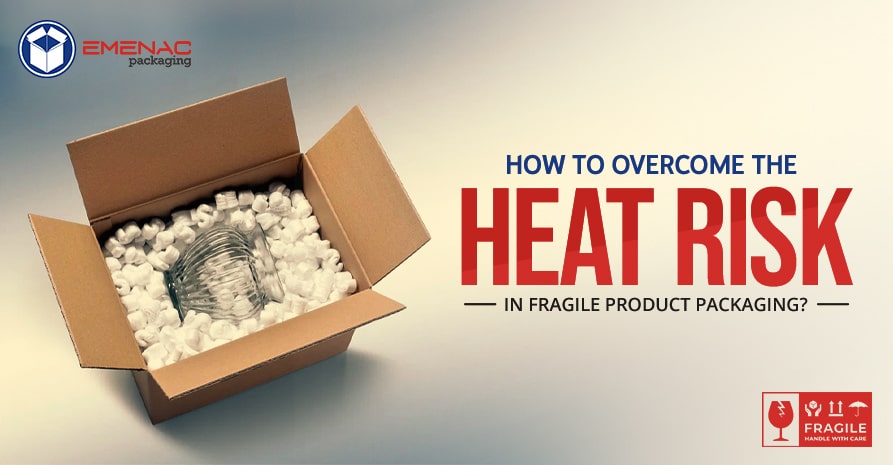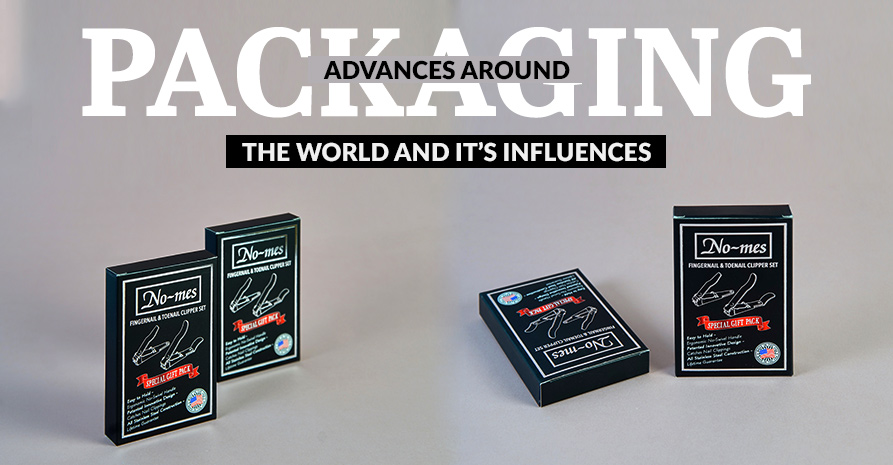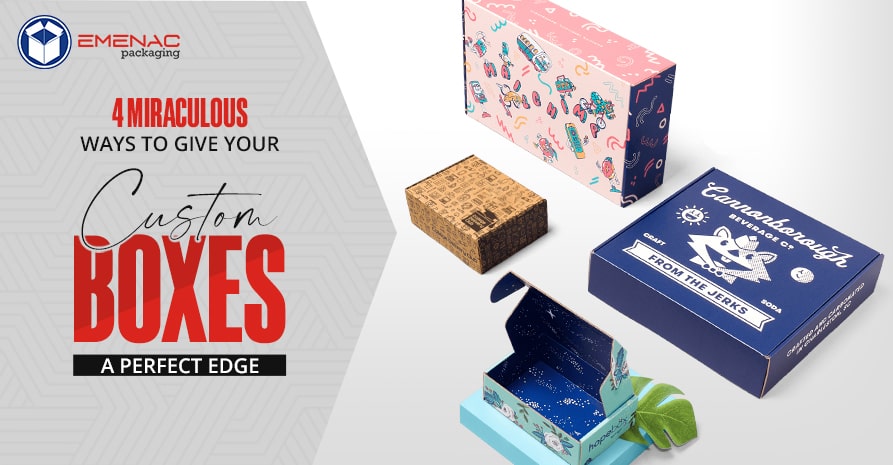How to Overcome the Heat Risks in Fragile Product Packaging?

Fragile products are products of brittle nature. They can easily be broken or damaged. It means logistics or shipment crew need extra care to handle these products. Fragile products include glass items, laboratory materials, technological accessories, marble, tiles, optical instruments, and valuable collectibles. Extreme summer heat can make your delicate product expand or shrike and affect the strength of the already brittle nature of the product.
You must use sustainable packaging that saves the product from the summer heat. It means that if you are exporting medicine or food products, the clock is constantly ticking to make them perish. If you use proper fragile product packaging, you will be better positioned to face the summer heat while trading your product.
You can reduce the effect of summer heat by sticking to the following steps of fragile product packaging and will be confident during the shipment and storage processes.
1. Use Insulated Food Boxes:
Boxes with food products are more vulnerable to heat than other items. Dried food like rice, beans, and lentils is more sustainable to heat. However, they are still affected by sun rays. Placing fish, meat, candies, or chocolate boxes under the sun for a long time will be devastating.
These products need extra precautions to handle during shipment and storage. You can save fragile food items by trading them in insulated boxes. Insulating each food item individually is not viable, but protecting the packaging boxes is an excellent option to ensure the product’s safety.
2. Labelling the Packaging Boxes:
If your fragile product lies under fragile nature, you can pack them individually. Correct labelling like “Fragile Product,” “avoid sunrays,” and “handle with caution” on the packaging boxes is essential for the safety of the product.
Place the label on the top of the box, so it’s generally kept in its direction during the shipment. It can also be helpful for the handler to know that they are dealing with a fragile product.
3. Use Heat Resistible Adhesives:
The majority of adhesives are non-conductor of heat. They can endure extreme temperatures. Pick a suitable adhesive that resists melting under the sun. Using heat-resistible adhesives can protect your delicate items from harsh summer temperatures. For packing fragile products, you can use acrylic adhesive tapes with high-temperature resistance, great permanent bonding strength, and high-grade UV resistance.
4. Use Double Wall Boxes:
You can choose from multiple options, like selecting one box and using extra lining in the box or using two separate boxes of different sizes and applying layers of protection by putting one box inside the other and filling the voids with cushioning material. It will provide your product with a degree of protection.
5. Use Packing Peanuts:
Use corrugated boxes for packaging your fragile product for extra protection. Even if you use the right size of packaging box, there will still be some voids or space remaining. Put your delicate product at the center of the box and fill the voids with packing peanuts. They are also termed Styrofoam popcorn and act as shock absorbers under stress or pressure.
6. Ice Packs:
If you send perishable products such as eggs, meat, milk, and dairy, they need cooling to enhance their shelf life. Ice packs can be used in packaging to keep them fresh for longer during transportation.
7. Heavy Duty Packaging Boxes:
You can use heavy-duty boxes for packaging if your product is bulky or heavy such as steel racks, wooden crates, and frames. Heavy-duty boxes are manufactured using double or triple wall grooves. They can be combined with insulated material like foam to offer a higher level of protection from heat and shock.
Final Thoughts:
You may choose a certain thickness for a particular packaging material, depending on the types of your product sensitivity. Corrugated packaging boxes are considered to be the best against heat risks and environmental hazards. We hope you learned a lot from this blog. Add our blog to your favourites and keep visiting to learn more exclusive custom packaging tips, hacks, and guides.
Share This


